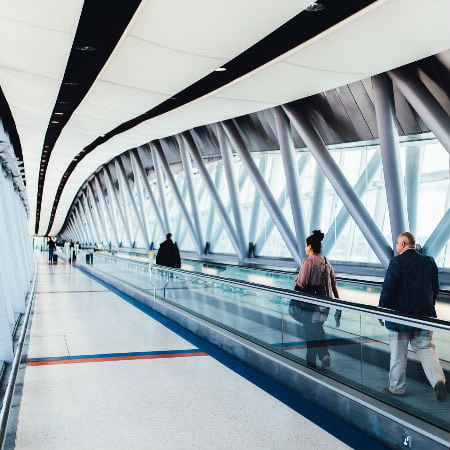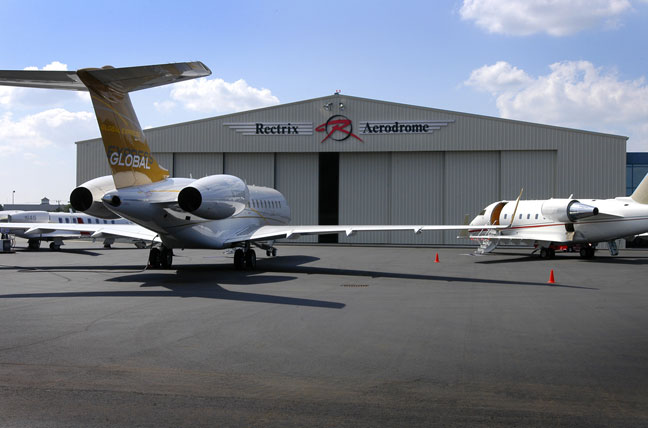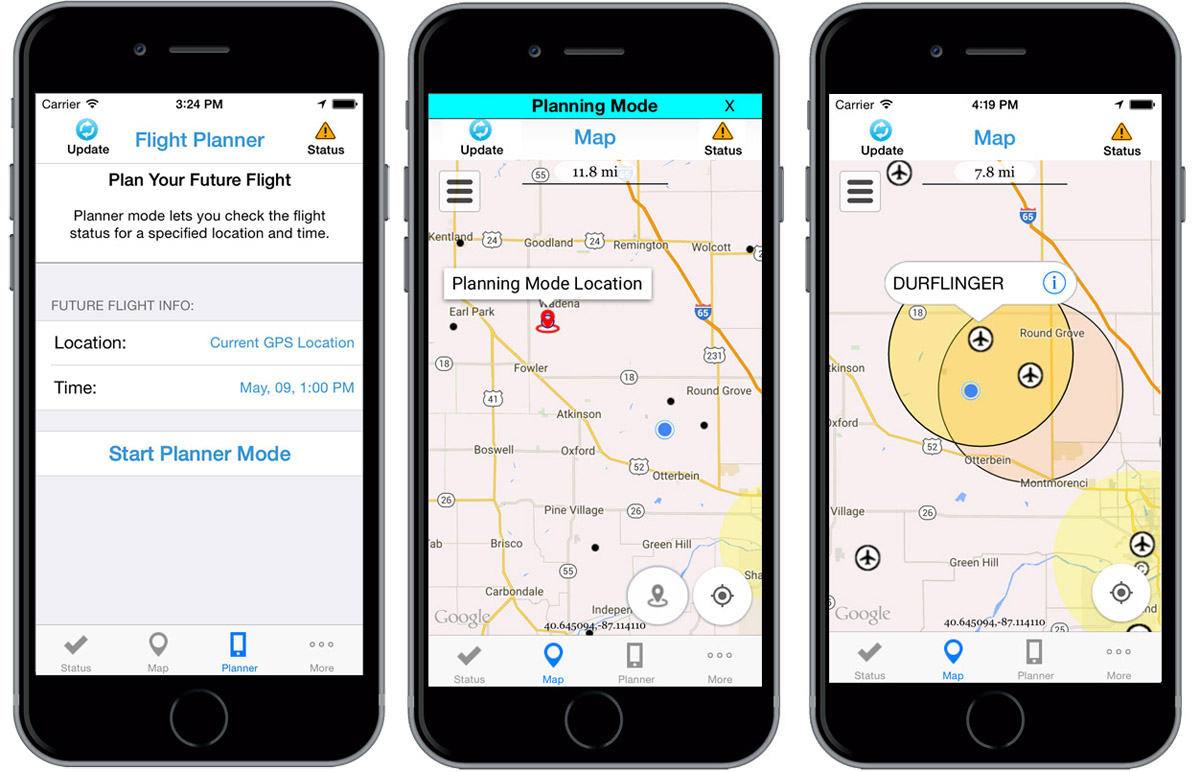
This summer, airports worry about drone threat and the increasing number of trespassing cases. The fears are generated based on the fact that airspace above Cape Cod and the Islands could be crowded this summer with the increasingly growing unmanned aircraft.
Barnstable Municipal Airport manager Roland “Bud” Breault and assistant manager Katie Servis are becoming worried as the high season approaches. However, the fear is not about the influx of vacationers arriving from New York, Boston, and beyond. Rather, it is about drone threat—drones operating dangerously close to the airport.
Scroll down for video

Hyannis Marina
Barnstable Municipal Airport on Drone Threat
Thus, visitors and locals are urged to adhere to Federal Aviation Administration regulations for unmanned aircraft systems or to leave their drones at home.
“Our biggest concern is that an aircraft could be hit by a UAS or have to maneuver quickly to avoid one,” said Servis during an interview at the airport.
The Federal Aviation Administration has prohibited drones from flying within 5 miles of an airport without authorization from an FAA-manned air traffic control tower or airport manager. There are also strict government registration rules for unmanned aircraft that became effective in late 2015.
“There’s not a whole lot of area on the entire Cape where you can fly a drone without permission,” Breault said.
FAA Regulating Drones
First and foremost, drone operators must register their aircraft with the FAA at www.faa.gov/uas/getting_started/registration. The registration fee is $5, and UAS owners must be at least 13 years old to register.
The three categories of registration are commercial, public/government, and recreational.
Registered drone operators must follow regulations and stay away from restricted zones before they fly the UAS.
In the effort to help people adhere to law, the FAA built a smartphone app called B4UFLY, which alerts drone operators if they are within 5 miles of an airport and if authorization to fly must be granted from a control tower or airport manager. Most sophisticated and expensive drone models have built-in software with sensors or geofences that immobilize operation if they come too close to an airport, but these are unlikely the kinds that recreational users would own.

Engadget
So far in 2016, only 10 drone operators have made request asking for approval for flight from FAA personnel at the Barnstable tower. This was according to Servis, who suspects that many more UAS might have operated within the 5-mile zone during that time frame.
Despite the fact that registration and flight guidelines for UAS devices have been put in place by the FAA, yet, criminal penalties for offenders have lagged behind.
Majority of the sky area in the town of Mashpee falls within the FAA 5-mile no-fly zone for drones because of its closeness to the Falmouth Airpark and Air Station Cape Cod. However, Mashpee police chief Scott Carline said he has not received any calls concerning drone threat and unlawful drone operation and would need some guidance in determining the penalty should a situation occur.
“We would work in conjunction with the FAA, and I would need to get guidance from the Massachusetts Chiefs of Police Association about appropriate penalties,” Carline said.
“We’re waiting for the state to provide information to local police departments,” Servis said.
The processes of creating consistent regulations governing drone threat are under constant reforms by the Massachusetts Department of Transportation.
Watch the videos below